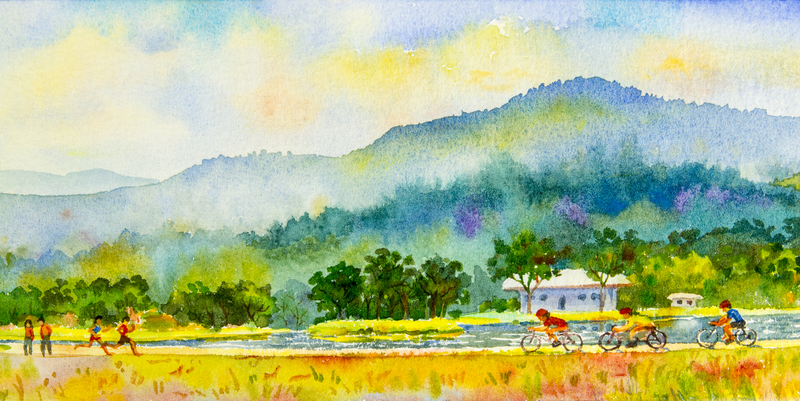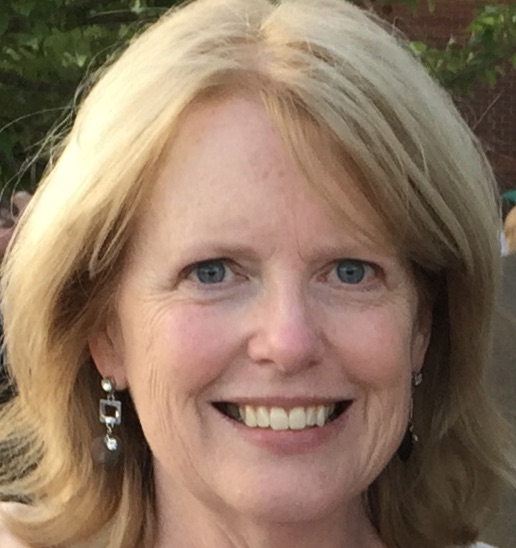In 2002 the No Child Left Behind Act (NCLB) was signed into law by President George W. Bush. My colleagues in education despaired at the fact that (among other provisions) standardized testing would become a sole indicator of a student’s progress.
By then, I had been a school principal in two districts and knew that soon every dime, every school resource, every bit of professional development would be shaped by this narrow measure. Teaching to the test became a fact of life. The urban schools I visited spent lots of money and time on test preparation workbooks. Some schools dedicated whole periods to “Test Prep”–considered a class in itself, alongside English, Calculus, Biology, Spanish and others.
Students in my university teacher preparation classes were affected, too. This is not why they chose to be teachers! I stuck to my philosophy shaped through experience: that when we teach for understanding and we use interdisciplinary, project-based learning, students learn well.
“Consider chemistry. It should never be restricted to a textbook or the lab. What is your plan for teaching students that chemistry is part of their daily lives?” I’d say. We examined examples like this often.
Another belief I stated. “You are preparing your students to be active and educated citizens in a democracy. A democracy is messy, just like learning.” This perspective usually resulted in a new view of education’s purpose.
By 2011, reports of the Arab Spring uprisings for democracy inspired the world. It was astounding to learn that regular citizens banded together using social media to organize large protests and topple suppressive governments. This movement mirrored that change that I (and countless others) believed necessary in education–an Education Spring.
Immediately I began this blog for principals, teachers, student teachers, parents and grandparents, caregivers, and anyone else concerned about progress in education. My readers now span five continents.
I’m glad you are one of them.

 We stand on the shoulders of giants in this moment. Sarah Grimké, Angelina Grimké, Susan B. Anthony, Elizabeth Cady Stanton, Alice Paul, Betty Friedan, Gloria Steinem, Bella Abzug, and many others who fought–and took plenty of abuse for it–so women could vote, get birth control, own property, and keep their last names.
We stand on the shoulders of giants in this moment. Sarah Grimké, Angelina Grimké, Susan B. Anthony, Elizabeth Cady Stanton, Alice Paul, Betty Friedan, Gloria Steinem, Bella Abzug, and many others who fought–and took plenty of abuse for it–so women could vote, get birth control, own property, and keep their last names.

 How do you talk to your child about the terrorist attacks in Belgium? It doesn’t have to be as tricky as it seems.
How do you talk to your child about the terrorist attacks in Belgium? It doesn’t have to be as tricky as it seems.
